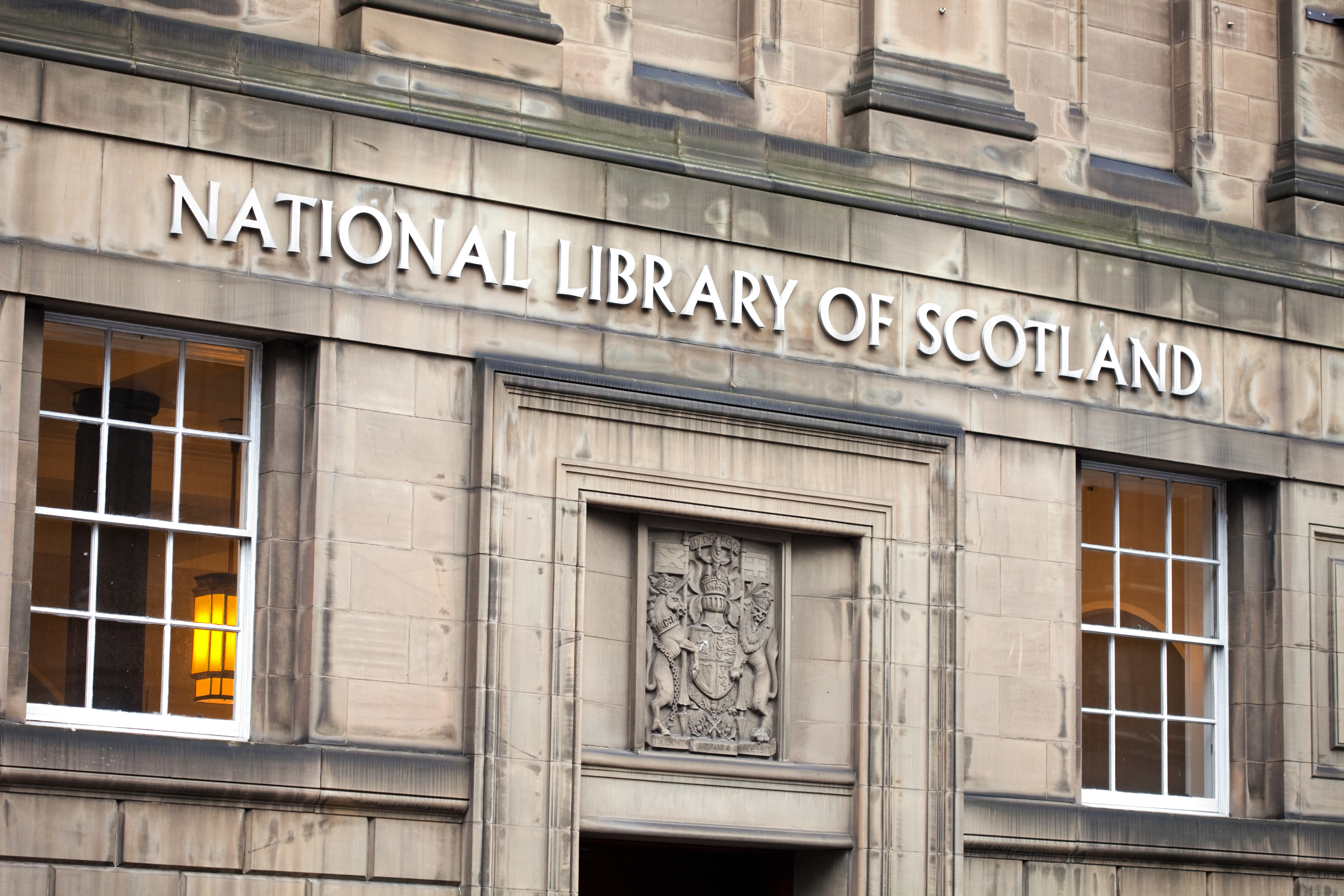
SCOTLAND has the highest level of public library use in the UK, researchers have found.
A study by the Carnegie UK Trust and Ipsos Mori found rising numbers of families in Scotland with primary school age children, occasional readers and those who are “just about managing financially” are using libraries.
Exactly half of interviewees in Scotland said they have been to a library in the past year, meaning the country retains the top spot in the UK despite having the sharpest drop of 11 percentage points since 2011.
The five-year study involving 1,000 participants in Scotland discovered more than three-quarters (77%) of people said the facilities are important for their communities and 37% said they are important for them personally.
Almost three-quarters (71%) of families with children aged five to 11 visited libraries last year, up 3% on 2011.
A total of 61% of people in the second lowest socio-economic classification reported using a library at least once a month, while occasional readers – those who read a book every two or three months – rose around eight percentage points to just under 60% in 2016.
The report also found the vast majority of those surveyed (82%) are against replacing all library employees with paid staff, while 58% favour the use of volunteers in conjunction with existing employees.
The most popular suggested improvements to libraries in Scotland are more events (55%), better information on services (52%), and a cafe or coffee shop (50%).
The trust has made a series of recommendations including that libraries make better use of data, provide more personalised services, share ideas and successful projects better and have innovation and leadership training for staff.
Martyn Evans, chief executive of Carnegie UK Trust, said: “It’s extremely promising that there’s been a rise in library use in Scotland amongst households with primary school aged children, as well as an increase in frequent use among a key socio-economic group.
“However, we know that the future success of public libraries depends on how effectively they respond to the changing needs of their communities. Local authority budgets are under severe pressure. All of us who value libraries’ rich and varied contribution to our wellbeing must provide clear and compelling evidence of their impact if future investment is to be secured.
“We also know that the public want libraries to do even more.”
Pamela Tulloch, chief executive at the Scottish Library and Information Council, said: “It is clear from the research that public libraries in Scotland have an enduring place in people’s hearts and that they are highly valued services.
“We need to ensure that libraries continue to prosper and deliver against key policy goals and wellbeing. The trust’s recommendations set out a way in which we can all work towards a thriving future public library service.”

Enjoy the convenience of having The Sunday Post delivered as a digital ePaper straight to your smartphone, tablet or computer.
Subscribe for only £5.49 a month and enjoy all the benefits of the printed paper as a digital replica.
Subscribe